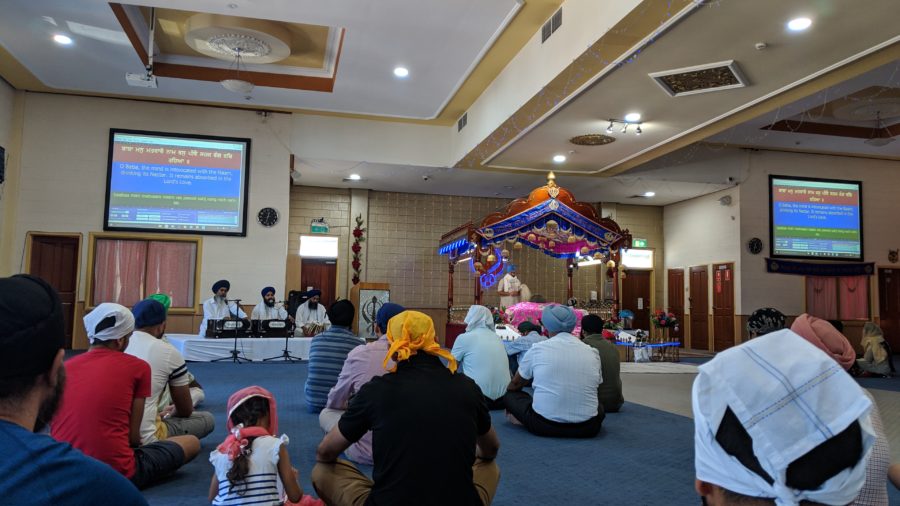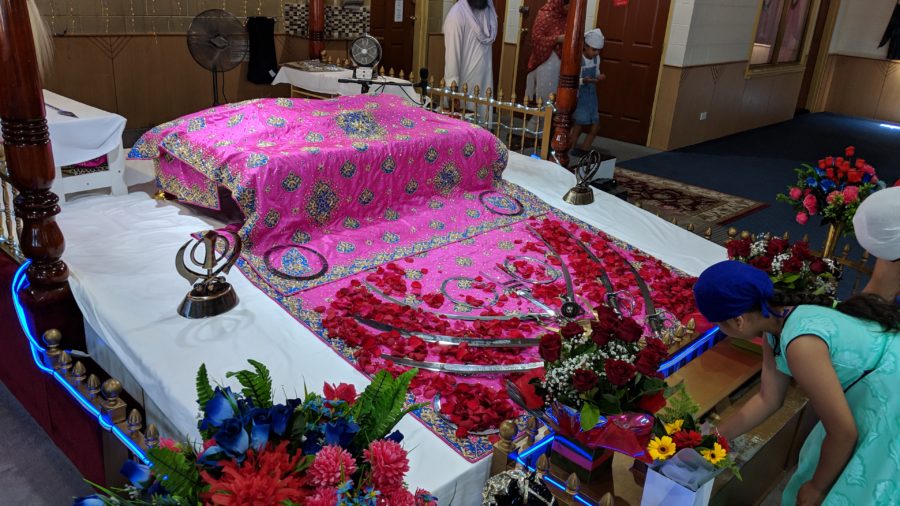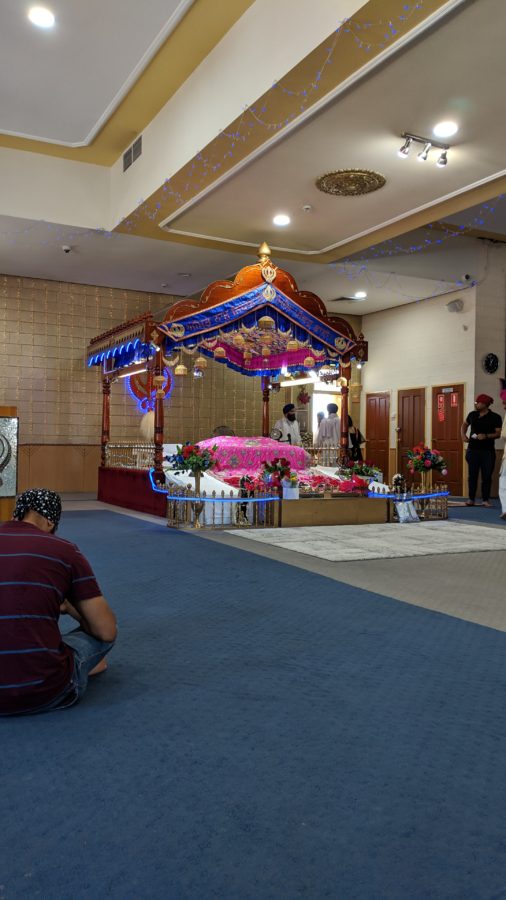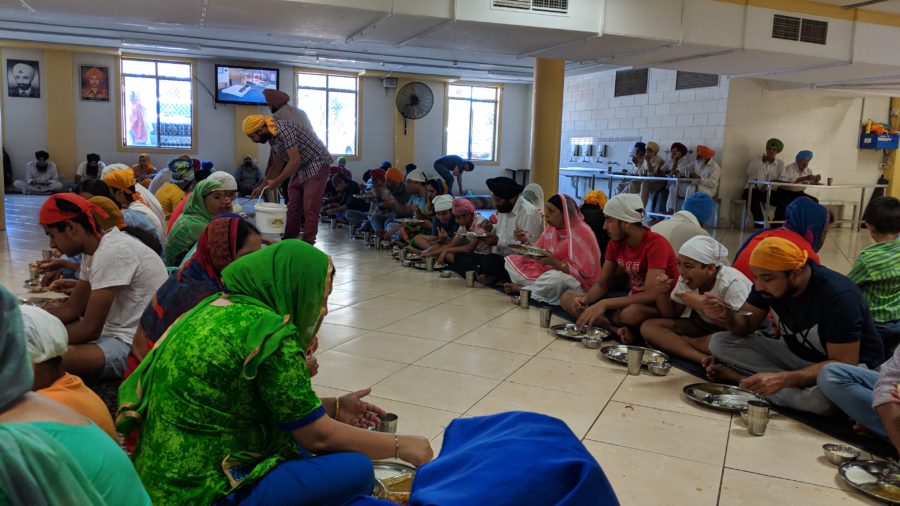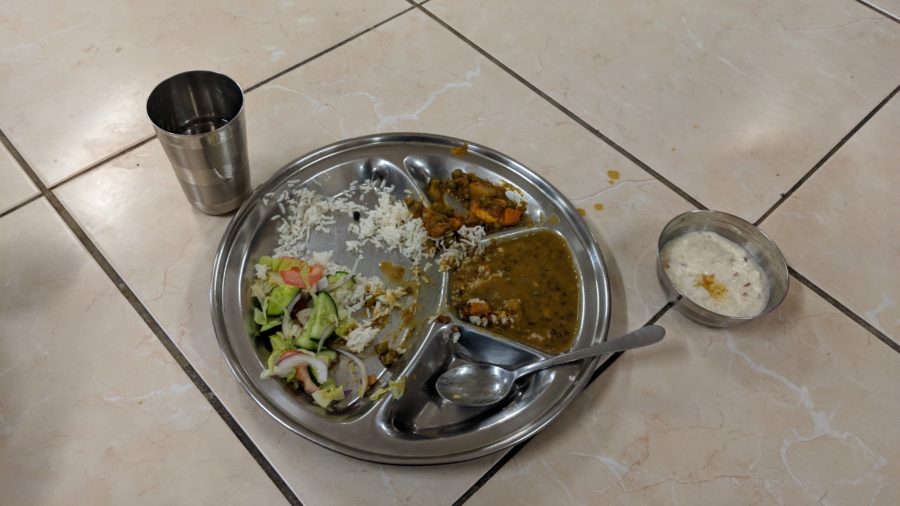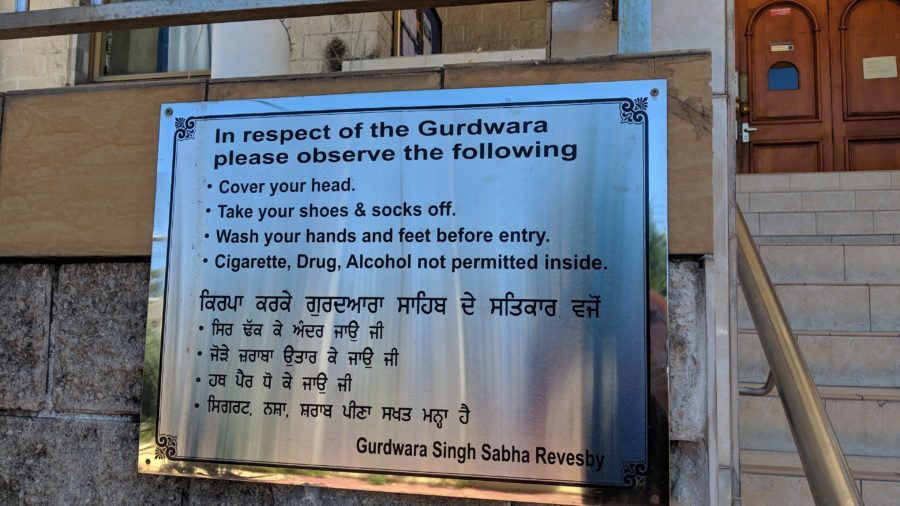I’ve been asked to present a keynote and workshop at the National Education Summit in Melbourne in August. The organisers of the event wanted to do an interview and ask a few questions as a way of promoting the event, which I did via email. This has been published elsewhere, but I thought I’d crosspost it here for the record.
1. What are some of the important messages for teachers in your presentation ‘The Track of the Storm’ at the National Education Summit in Melbourne?
The title “Track of the Storm” was inspired by Part 3 of Charles Dickens’ novel, “A Tale of Two Cities”. The book opens with the famous lines …
It was the best of times, it was the worst of times, it was the age of wisdom, it was the age of foolishness, it was the epoch of belief, it was the epoch of incredulity, it was the season of Light, it was the season of Darkness, it was the spring of hope, it was the winter of despair, we had everything before us, we had nothing before us, we were all going direct to Heaven, we were all going direct the other way
A Tale of Two Cities, Charles Dickens
As soon as I read that opening paragraph it instantly resonated with how I see technology impacting us today. We continually see amazing new technologies being used to solve seemingly impossible problems, connecting people globally in ways we could barely even imagine a few years ago, and offering endless opportunities to democratise knowledge so that everyone has the opportunity to share and participate. At the same time, these tools we have created have also enabled a unprecedented polarisation of political and social worldviews, created oceans of fake news and online vitriol, and have provided a powerful platform for some of the worst aspects of humanity.
Essentially, technology is amoral. It is neither good nor bad. It neither loves nor hates. It neither empowers nor destroys. It simply enables and amplifies that which we use it for.
2. In your view, what are the most significant emerging challenges for schools and teachers when considering the impact of digital technology use in classrooms and schools generally?
Many schools think about technology in term of tools and applications, hardware and software, in order to enable learning. And while that is certainly a conversation that needs to be had at some point, I think it’s far from the most important one. Too often, I see schools seeing technology as some sort of panacea that will fix all their problems – if only we can choose the right platform, the right devices, the right apps – then we can succeed with technology. But remember, technology is amoral. Unless you rethink a few things, it will just give you more of what you already have.
The biggest challenge facing most schools, in my opinion, is their general inability to question the status quo. To step back and ask some fundamental questions about learning, about teaching, about schools, about students, about teachers. To question the way they have always done things. To learn, unlearn and relearn. To redesign their processes and procedures, to rethink their rules and assumptions about “the way we do things around here”.
There is little point introducing technology into the experience of school without rethinking what that experience of school could look like. Because if we just do what we have always done, except with a computer, very little changes. You want digital technology to have an impact? Be prepared to change what you use it for.
3. Drawing from your experience, what are some of the strategies that can be used in schools to effectively use digital technologies to deepen learning and support educational outcomes?
Notwithstanding my previous answer, which I think underlies everything else, the best strategies that schools can use to effectively use digital technologies is to design learning experiences that provide choice and voice for their students. If we start from an assumption that all students are different, with unique talents, abilities, interests and expectations, and we design the learning experiences in ways that respect and acknowledge those differences, that offer flexible pathways for students to acquire knowledge, express knowledge and validate knowledge, then we are on the right track.
Reduce the rigidity, without reducing the rigour. Maintain high expectations for what students do, but be flexible about the the ways they can execute on that learning.
4. In your experience, what practical strategies can schools use to ensure digital technologies are used in an engaging and creative way?
Before cameras became digital, they used film. Good photographers made good photos by understanding the underlying principles of design that created good photos. They understood the essential principles of composition, the rule of thirds, contrast, balance, interest, light, colour, shape. But these essential principles were not just useful for photos taken only on film, they applied regardless of the kind of technology used to make the photos. So when the technology used in cameras moved from film to digital, these same visual design principles remained as true as ever. Digital photography changed many things about the way we take and share photos, but good photographers still apply these design principles regardless of whether they shoot on film or digital, because the principles are based on enduring truths about the way visual design works.
Teaching also has some enduring truths. These include things like building relationships of trust between teachers and students. Having authenticity in the way we interact with students. Caring for for their well-being. Engaging their interests. Bringing humour, laughter, care and respect to every class. These are some of the very human things about teaching that don’t change. And just as the shift from film to digital changed photography forever, the introduction of digital technologies into our classrooms has opened up fabulous new opportunities for the way we can do things, but it should not change these enduring truths about teaching.
You want digital technologies to be used in engaging and creative ways? Teach well. Care about your students. Build relationships. Be authentic.
Question everything else.
5. Are there any resources you would recommend for teachers wishing to implement or improve their use of digital technologies within the learning environment?
First, the best resources are other people. Engage with online communities, and surround yourself with other people who can be great resources for you (and you for them). There are so many communities online to tap into, and the very best teachers I know all take advantage of online communities. All of us are smarter than any of us, and there truly is wisdom in the crowd.
Secondly, choose flexible, powerful, collaborative tools for your students. Learn to use them. Maybe even consider certifying yourself in their effective use, to really prove you know how to use them. Being a confident and competent user of digital tools is incredibly empowering. But remember that whatever shiny new app you love using today, it probably won’t be around forever. Don’t fall in love with specific tools to the point where you can’t let them go. Tools are just things that perform actions, so love the verb, not the noun.
Finally, learn to use search to effectively to find the answers you need. Teach your students how to search too. Not just type in a keyword and hope for the best, but to genuinely use search to find answers. We live in a world where there is no excuse for being ignorant about anything. So be curious, ask questions and find answers. Being able to independently find the answer to a question, or the solution to a problem, may be the best skill you can ever possess.
This article was originally posted in School News. I’ve crossposted and lightly re-edited here.




